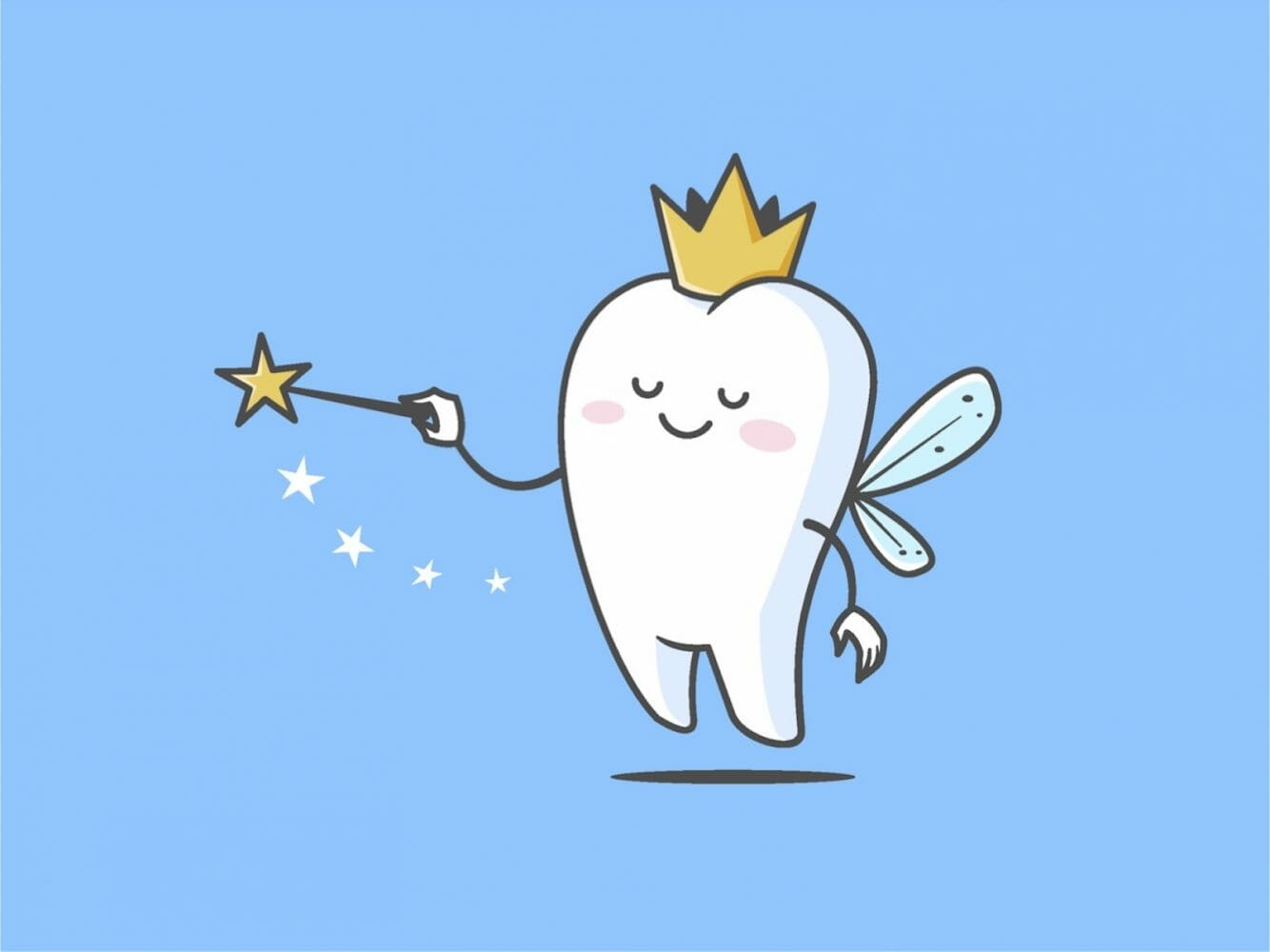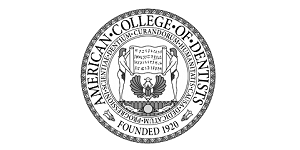People can recollect moments from our childhood years when the Tooth Fairy traded coins for our beloved baby teeth.
This is a popular custom for American families, and the Tooth Fairy is additionally a great tale for parents to apply when trying to convince their kids to take excellent care of their teeth. As a matter of fact, author Vicki Lanksy realized that children were far more interested in maintaining great dental hygiene if their parents convinced them that the Tooth Fairy gave more for excellent teeth. Yet did you realize that the Tooth Fairy that we are familiar with is largely unique to Americans? And unlike Santa Claus and the Easter Bunny, the foundations concerning this practice are relatively not known.
The Tooth Fairy Consultant
Rosemary Wells, an instructor from the Northwestern University Dental School, decided to conduct some investigation on the strange inceptions of the Tooth Fairy. What she uncovered was that the Tooth Fairy was not as old as was initially believed. The first oral evidence of this fairy happened close to the turn of the 20th century, and the first image in print was in 1927. Wells carried on her investigation for many years and she even conducted a nationwide poll that consisted of around 2,000 mothers and fathers. Amongst the most impressive of Wells’ results is the gallery that she has established that showcases all of her research and findings. And where is this museum? It’s inside of Wells’ Illinois home. Her business card even announces her as the official “Tooth Fairy Consultant.”
The Tooth Fairy All Around the Globe
Whilst the concept of the pop culture Tooth Fairy has its beginnings in American culture, the procedures surrounding lost baby teeth differ from country to country. Girl or boys living in Russia, New Zealand, France, and Mexico set their baby teeth underneath their pillow in the hopes that a mouse or rat will trade it out for money or sweets. The idea concerning this concept is that young children’s teeth are going to grow back as powerful as a rat’s.
Many different societies’ beliefs of the Tooth Fairy feature a mouse or rodent, yet it relies on the community; whenever the kid places their tooth beneath their pillow or if they keep it out for the rodent to snatch. The French named this character La Petite Souris, and the Spanish call it Ratoncito Perez.
Other popular customs incorporate dropping the lost tooth in a bottle of water or milk–and even wine–and setting it by the bedside table. Tannfe, the Norwegian tooth fairy, prefers the teeth in clear water since her worn out and drowsy eyes just cannot find the tooth anywhere else. Also once the child awakes in the morning, a silver coin will be at the bottom of the glass. For Irish children, the tooth fairy is a juvenile leprechaun named Anna Bogle that mistakenly knocked out her front tooth. She takes young children’s lost teeth to substitute her own, and in exchange, she leaves a bright gold coin.
At the same time, in Asian countries, kids will throw teeth lost from the lower jaw onto the roof of their home, and teeth lost from the top jaw will be thrown right into the area beneath their home. Traditionally, the children will shout a wish for sturdy, healthy teeth to evolve in its place.
There are a few cultures that treat the custom of lost teeth with caution. For instance, in Austria, children used to stash their teeth in the areas encompassing their house. This was done to guard the young children given that Austrians felt that if a witch procured a child’s tooth, that kid could end up being cursed. Yet, Viking fighters thought their children’s teeth provided success during the course of a war, and they regularly created necklaces out of the teeth to wear to combat.
Sensible Approaches to the Tooth Fairy
It could be said that the exercise of these various tooth fairy traditions can assist children to conquer the distress of losing teeth, and even give contentment during the course of this different experience. Anthropologist Cindy Dell Clark has said that a young child acquiring cash for their lost tooth is the initial transition toward adulthood given that making money during adulthood is an exercise in accountability and agency.
Rosemary Wells and Cindy Dell Clark aren’t the only ones who have been examining and researching the outcomes of the tooth fairy. In 2013, Visa presented that the normal amount left for a tooth in America was $3.70. Visa’s senior director of global financial education Jason Alderman has said: “It is due to a combination of things: one is a reflection of an improving economy, and that parents feel they can afford to be generous in small areas.”
We would like to know what you think! Did you have a unique tooth fairy practice as a kid? How much did the Tooth Fairy leave for you? Let us know on Facebook!








